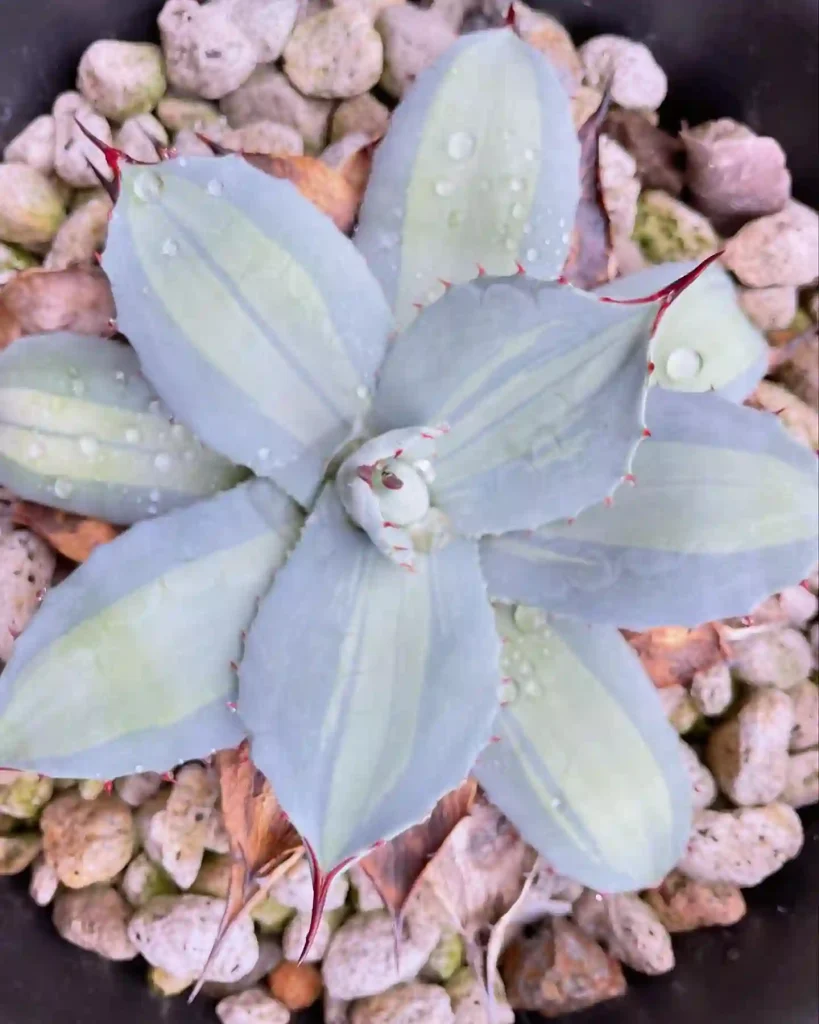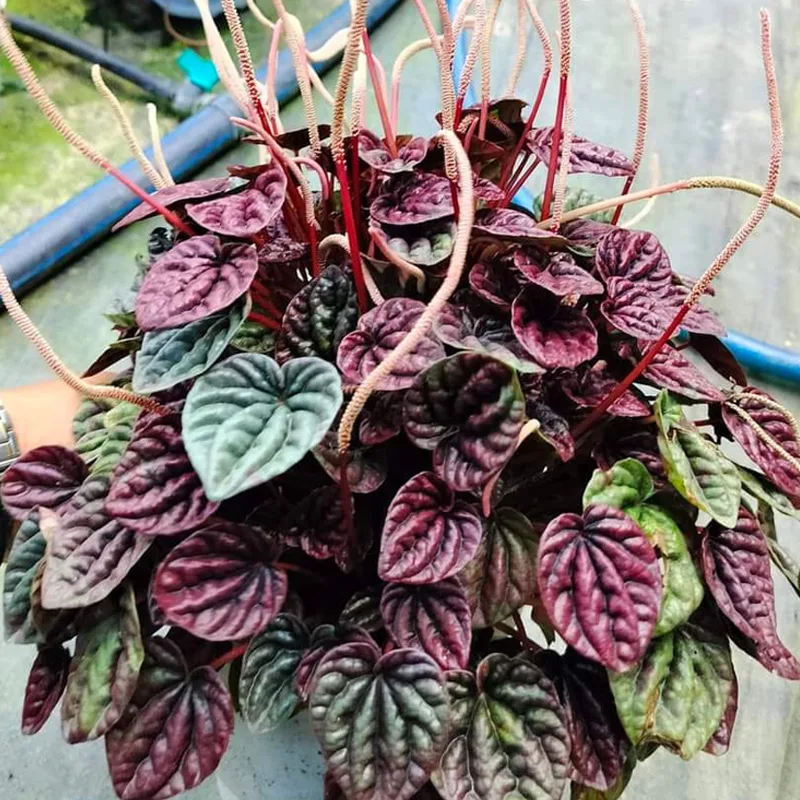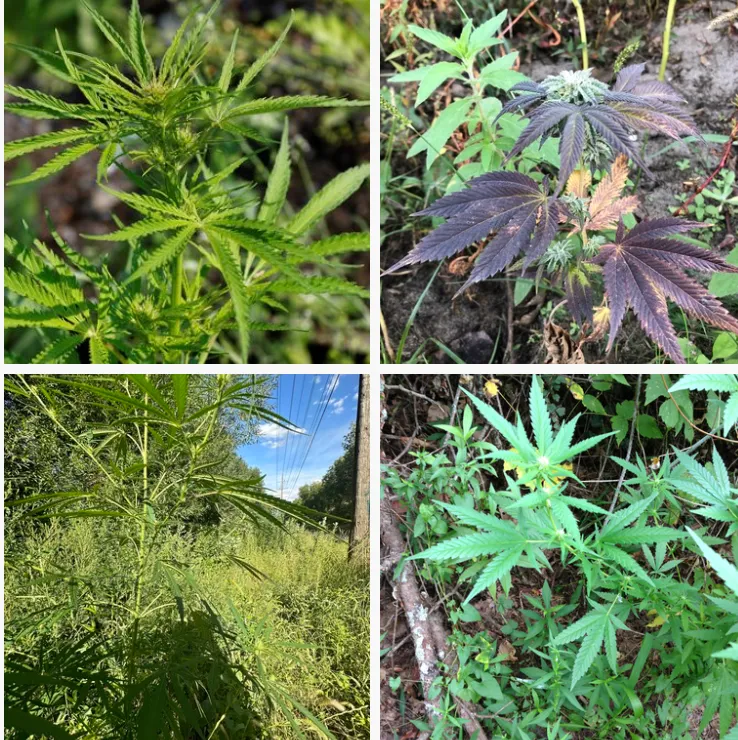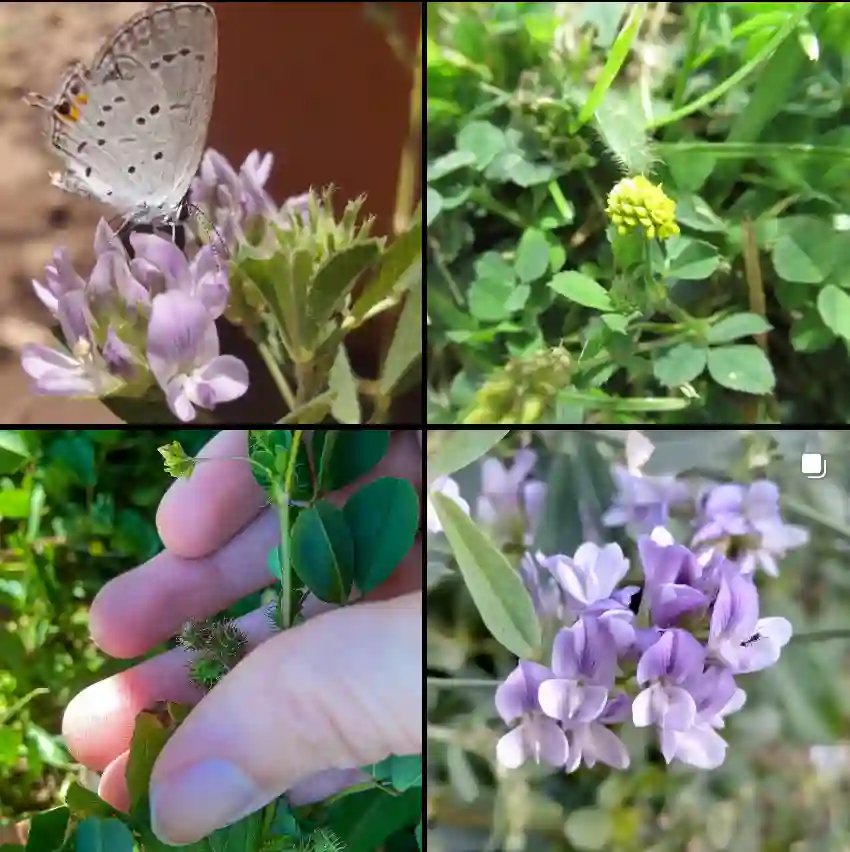June 17 – Houstonia
"Houstonia, the bluet, defines June 17."
Houstonia represents peace and harmony. Your calm and balanced nature brings tranquility to those around you. Like its tiny blue flowers, you have a subtle yet profound impact.
My Fascination with Houstonia (Bluets)
As a botanist, I’ve always been drawn to the intricate beauty and diversity of the plant world. Lately, I’ve found myself particularly captivated by the genus Houstonia, commonly known as bluets. These delicate wildflowers, with their dainty blooms and vibrant colors, possess a charm that’s hard to resist.
A Closer Look at Houstonia
Houstonia belongs to the Rubiaceae family, which also includes coffee and gardenias. The genus is named after the 18th-century English botanist, William Houston. These plants are primarily native to North America, gracing a variety of habitats with their presence. They’re typically low-growing, often forming mats or creeping along the ground. Their simple leaves and clusters of small, four-petaled flowers create a delicate tapestry of colors, ranging from the classic sky blue to shades of purple, white, and even yellow.
Delving into the Species
The genus Houstonia comprises around 24 recognized species:
- Houstonia acerosa (A.Gray) Benth. & Hook.f.
- Houstonia caerulea L. Plant FAQs: Houstonia Caerulea – Quaker Ladies – Bluet
- Houstonia canadensis Willd.
- Houstonia correllii (W.H.Lewis) Terrell
- Houstonia croftiae Britton & Rusby
- Houstonia humifusa (Engelm. ex A.Gray) A.Gray
- Houstonia longifolia Gaertn.
- Houstonia macvaughii (Terrell) Govaerts ex Borhidi
- Houstonia micrantha (Shinners) Terrell
- Houstonia ouachitana (E.B.Sm.) Terrell
- Houstonia palmeri A.Gray
- Houstonia parviflora Holz. ex Greenm.
- Houstonia procumbens (Walter ex J.F.Gmel.) Standl.
- Houstonia prostrata Brandegee
- Houstonia purpurea L.
- Houstonia pusilla Schoepf
- Houstonia rosea (Raf.) Terrell
- Houstonia rubra Cav.
- Houstonia serpyllifolia Michx.
- Houstonia sharpii Terrell
- Houstonia spellenbergii (G.L.Nesom & Vorobik) Terrell
- Houstonia subviscosa (C.Wright ex A.Gray) A.Gray
- Houstonia teretifolia Terrell
- Houstonia wrightii A.Gray
The Allure of Bluets
What is it about these seemingly simple wildflowers that has captured my attention? Perhaps it’s their resilience, their ability to thrive in diverse environments, from rocky outcrops to woodland edges. Or maybe it’s their understated elegance, the way their delicate blooms seem to emerge effortlessly from the surrounding greenery. Whatever the reason, I find myself drawn to their quiet beauty and the sense of tranquility they evoke.
Beyond their Beauty
Beyond their aesthetic appeal, Houstonia species play a crucial role in their ecosystems. They provide nectar and pollen for a variety of pollinators, including bees, butterflies, and moths. Their seeds also serve as a food source for small mammals and birds. Furthermore, some Houstonia species have been traditionally used for medicinal purposes by Native Americans, highlighting their potential therapeutic value.
Conservation Concerns
Despite their resilience, some Houstonia species face threats due to habitat loss and degradation. As a botanist, I believe it’s crucial to raise awareness about the importance of conserving these delicate wildflowers and their fragile ecosystems. By protecting their habitats and promoting sustainable practices, we can ensure that future generations can continue to marvel at the beauty of bluets.
A Personal Connection
My fascination with Houstonia has led me to cultivate some species in my own garden. I’ve found immense joy in observing their growth and witnessing the delicate blooms unfold. It’s a reminder of the intricate beauty that exists in the natural world, often hidden in plain sight.
Looking Ahead
I’m eager to continue my exploration of the genus Houstonia. I plan to delve deeper into their taxonomy, evolutionary history, and ecological significance. I believe there’s still much to learn about these fascinating plants, and I’m excited to contribute to our understanding of their role in the natural world.
In the words of the great naturalist, John Muir, “In every walk with nature, one receives far more than he seeks.” My journey with Houstonia has been a testament to this truth. It has not only deepened my appreciation for the plant world but also enriched my understanding of the interconnectedness of life on Earth.
If i die, water my plants!



